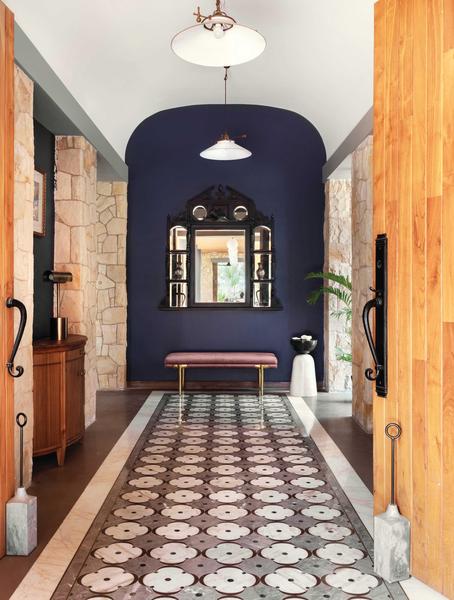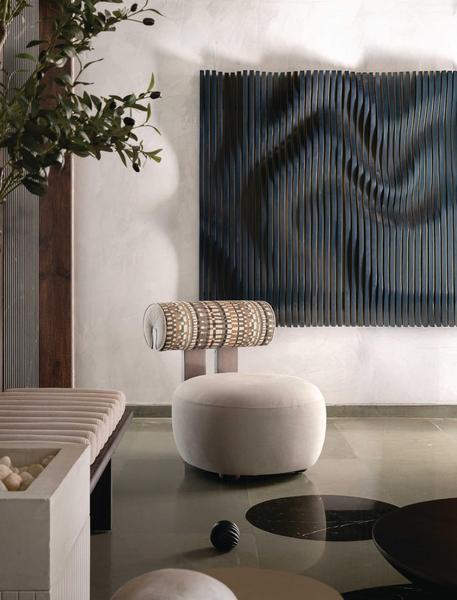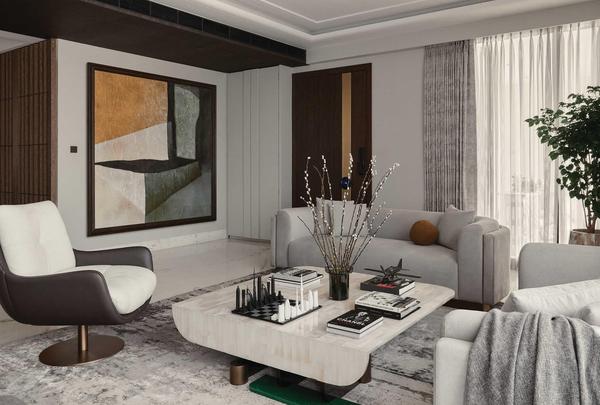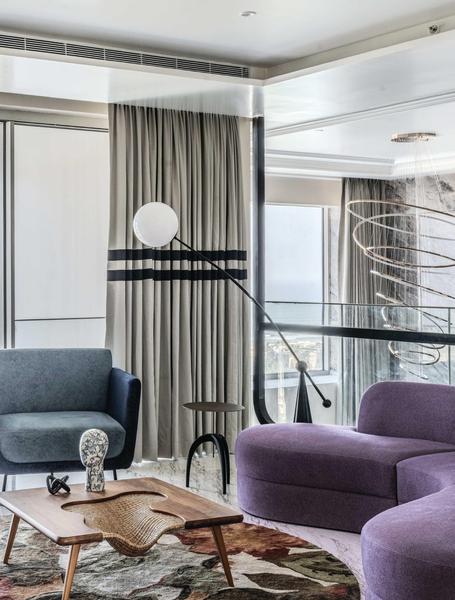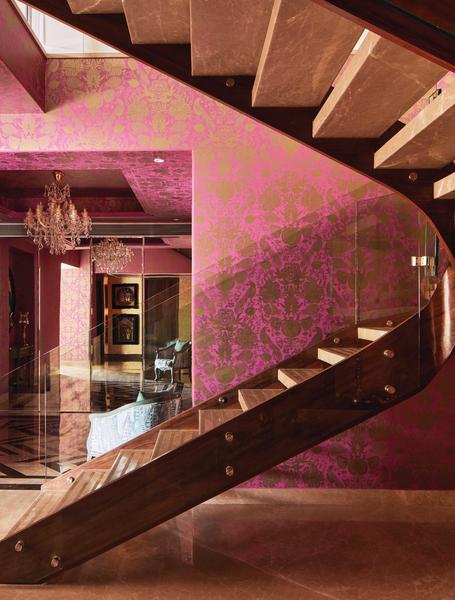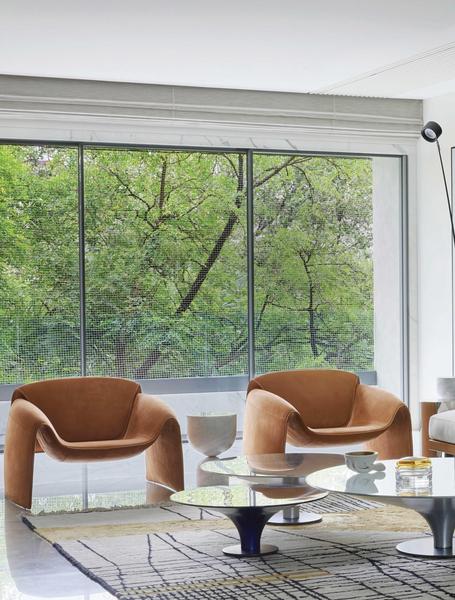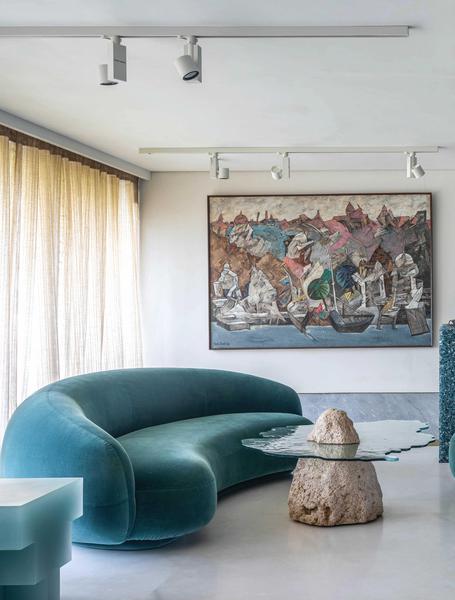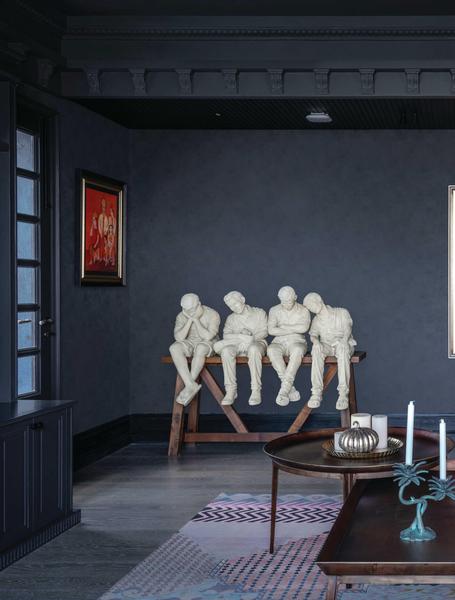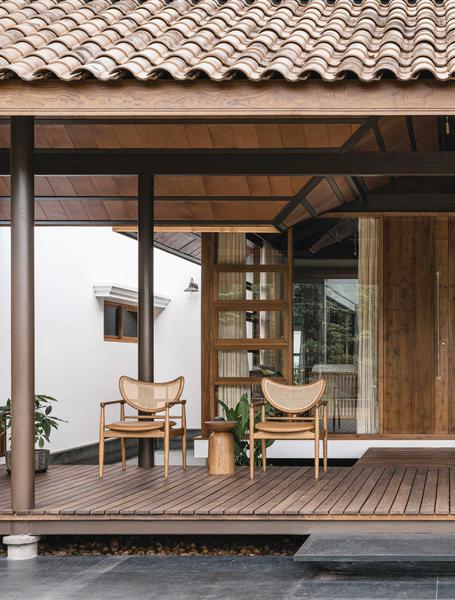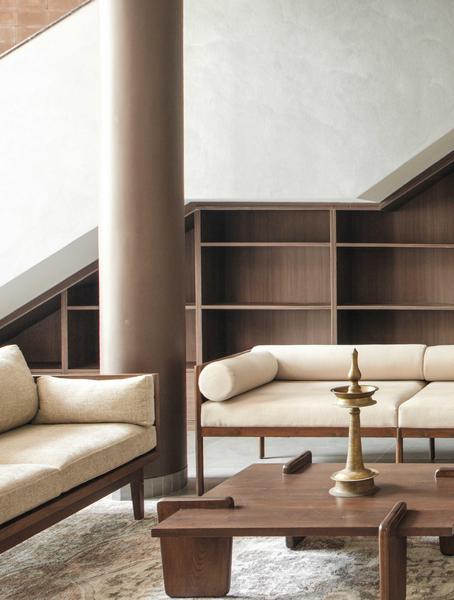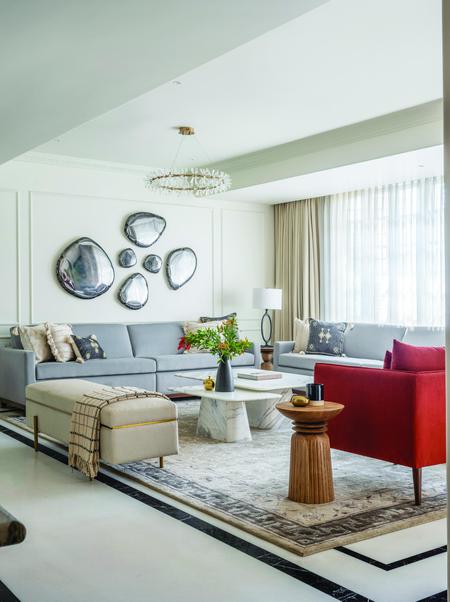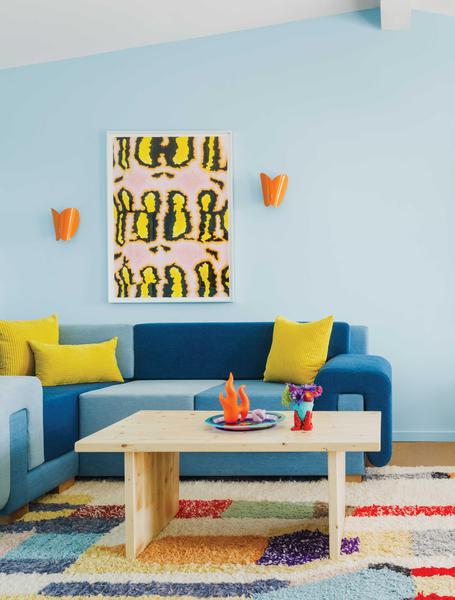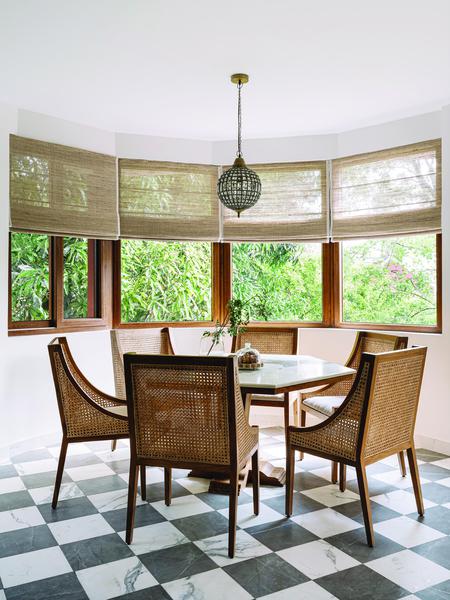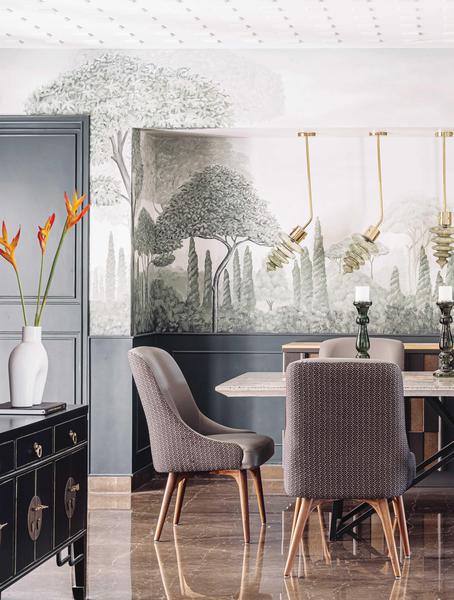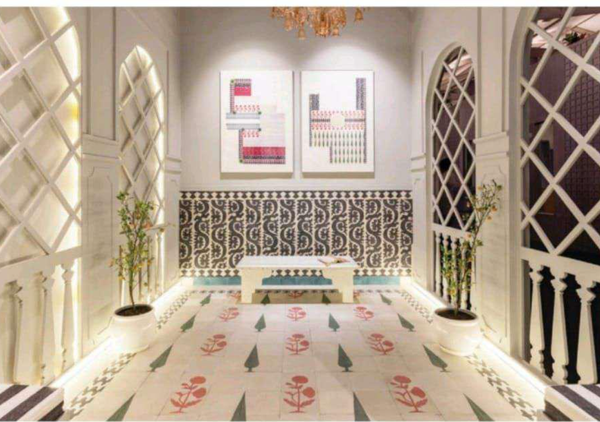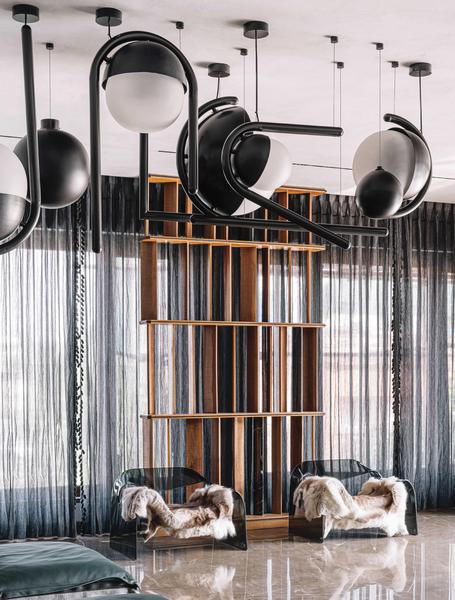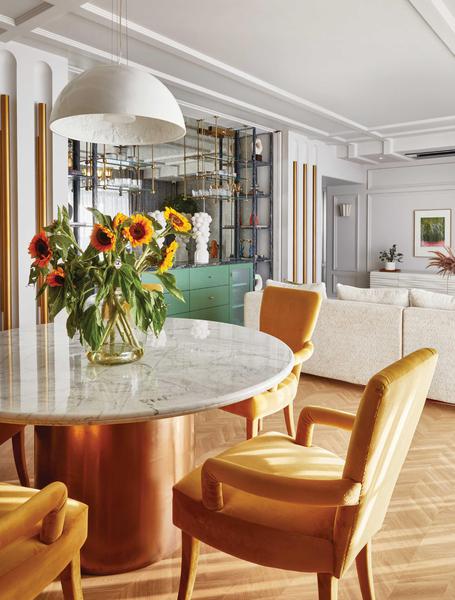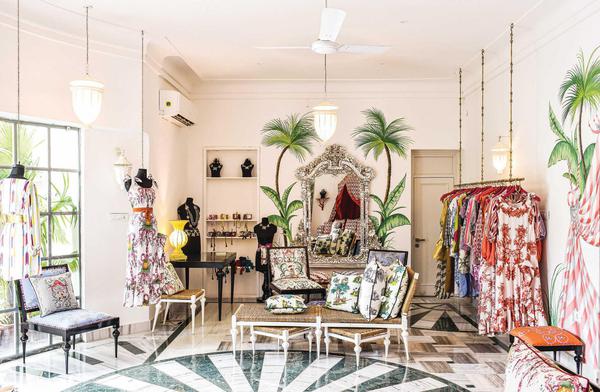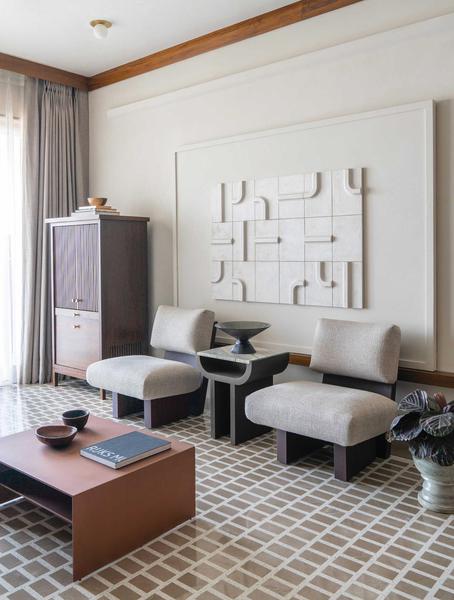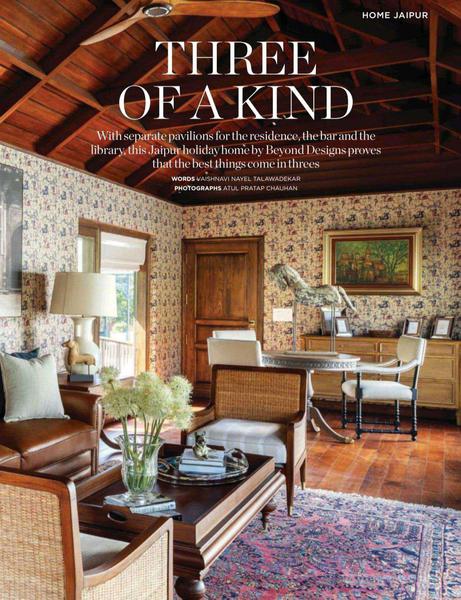
[Print] Bangalore: Soul from Spain
Architects Sridevi Changali and Rosie Paul like to believe they can bite off as much as they can chew. But when help comes wagging, they seldom say no—as they discovered on their last project, when a neighbourhood streetie joined the team uninvited, turning up daily for site inspections. “He must have been an architect in his past life,” quips Sridevi—from somewhere along the Spanish coast, no less. Because while Casa 503 might have been located in Bengaluru, its soul, like its owners’, belonged to blue waters and golden shores somewhere across the Atlantic.

